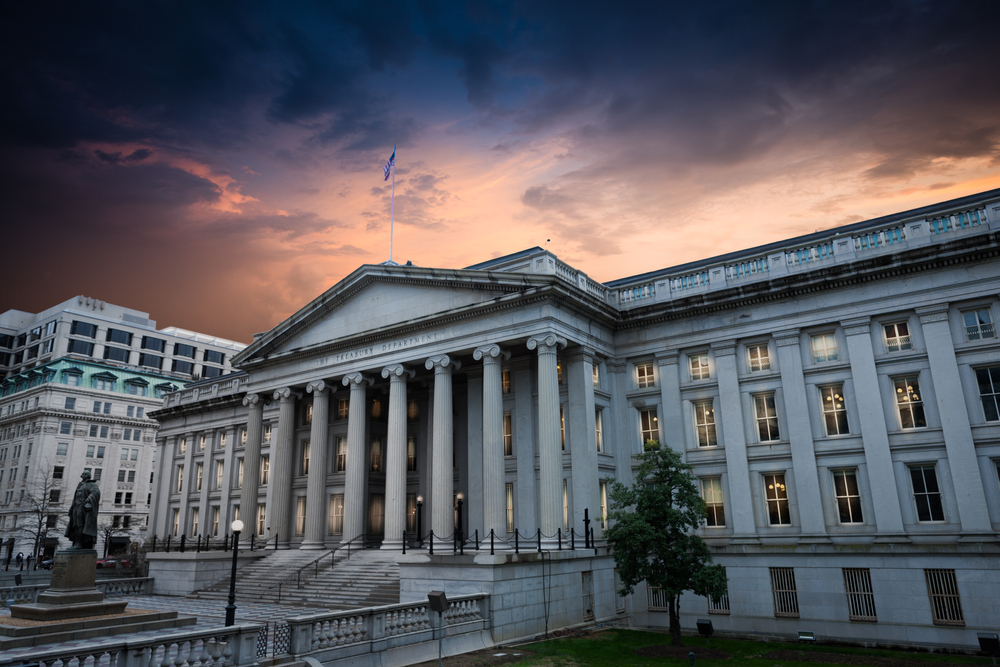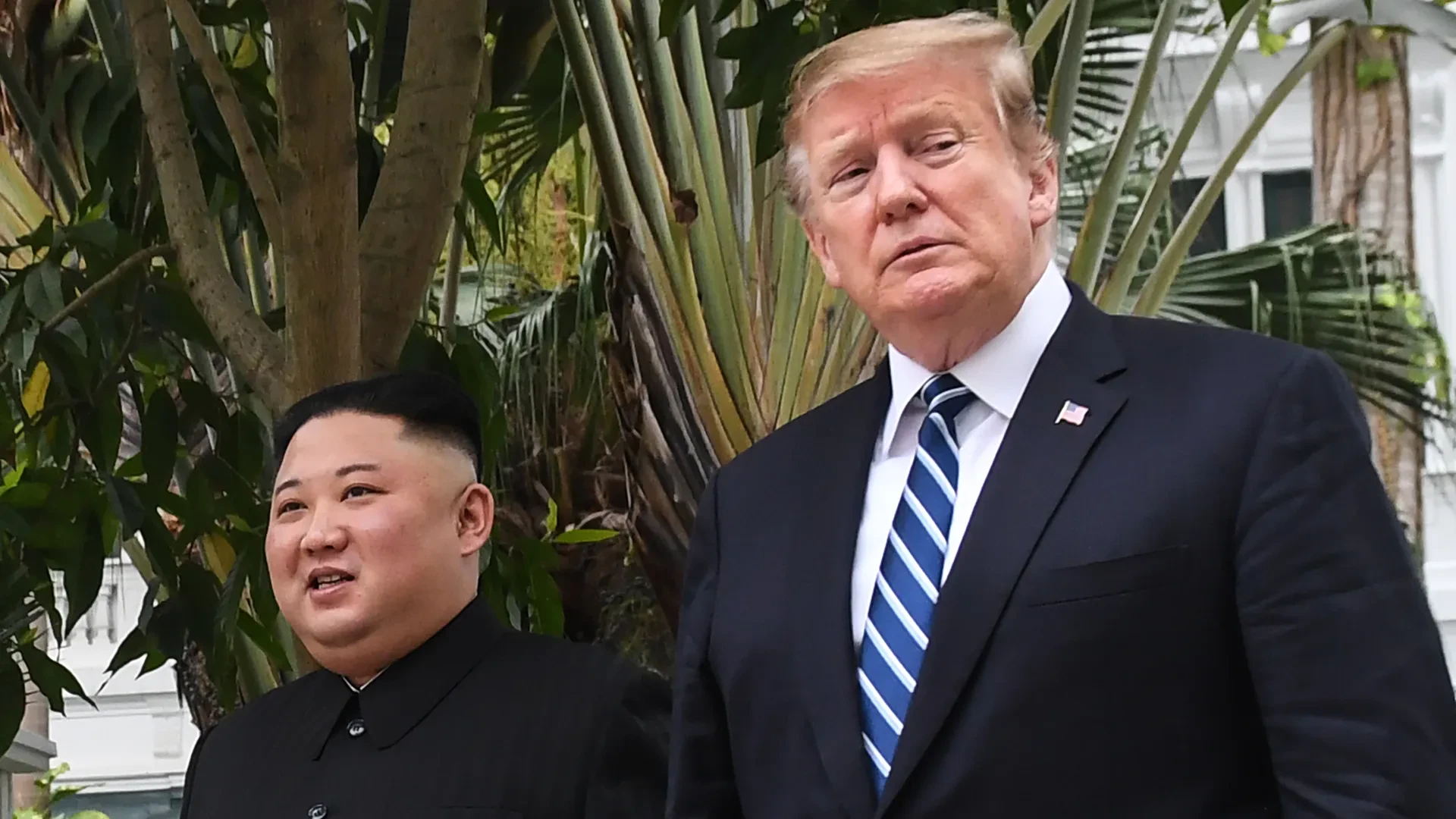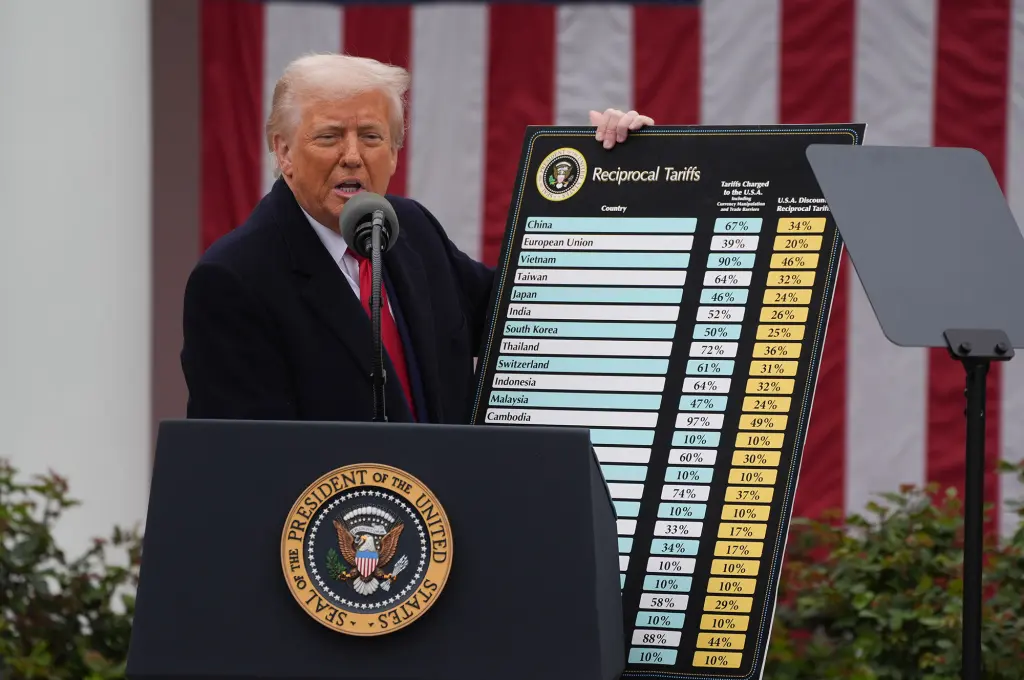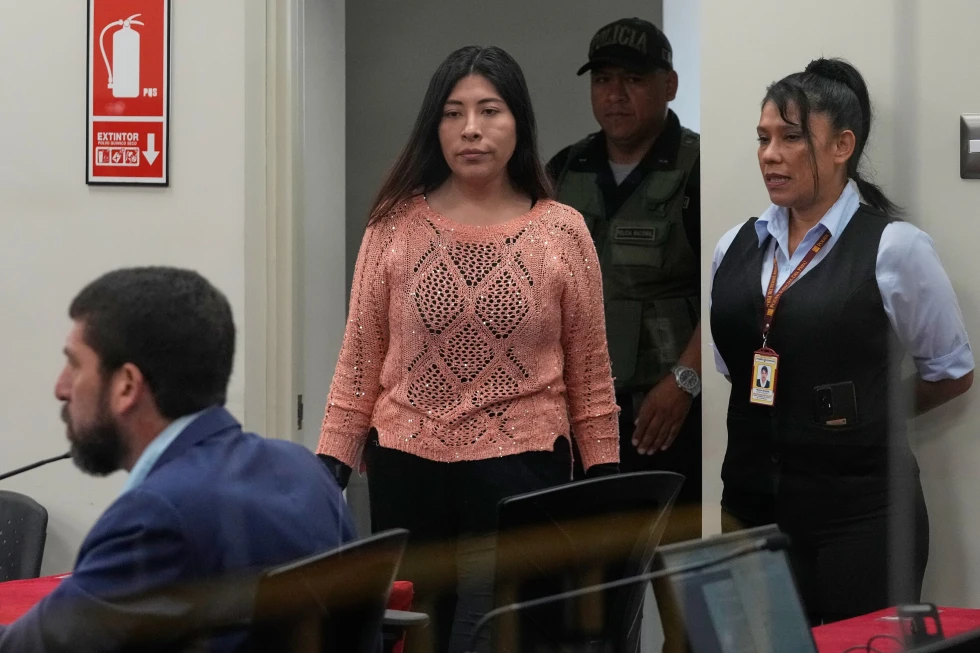The U.S. Treasury’s Financial Crimes Enforcement Network (FinCEN) warned that Chinese money-laundering networks working with Mexico-based drug cartels have moved roughly $312 billion in suspicious transactions through the U.S. financial system over five years, based on 137,000+ Bank Secrecy Act reports filed from January 2020 through December 2024. Officials described the networks as a primary engine for cartel finance and urged banks and other institutions to sharpen screening and reporting. The advisory links the scale of the flows to a “mutualistic” arrangement born of Mexico’s limits on dollar deposits and China’s capital controls, which together push cartels and Chinese intermediaries toward informal, offshore channels.
How the scheme works
The model relies on brokers who stand between three pools: U.S. drug cash held by cartels, Mexican buyers who need pesos, and Chinese clients seeking U.S. dollars beyond the annual cap allowed by Beijing. In a typical cycle, a broker takes bulk dollars from a cartel in the United States and pays the cartel in pesos in Mexico, while collecting renminbi from Chinese citizens who want dollars placed in U.S. accounts or real assets; transactions are coordinated through personal networks or platforms such as WeChat. The same intermediaries may also pay the cartel with goods bought in Asia and shipped into Mexico, blending trade-based money laundering with mirror transfers and cash exchanges to break audit trails.
FinCEN and investigative reporting highlighted recurrent features: “money mules” who open accounts with PRC passports and list occupations such as student, housewife, retired, or laborer; unusually large deposits and wires that do not match stated income; layering through shell companies and third-party buyers; and, in some instances, complicit insiders within financial institutions or the use of counterfeit Chinese passports to facilitate onboarding. Officials said the pattern has migrated across sectors and regions as enforcement tightened, retaining the same core mechanics.
Case material cited by Treasury and independent reporting point to Chinese coordinators who bridge both finance and chemical supply. One example is the fugitive Zhi Dong “Chino” Zhang, accused of training mules to penetrate U.S. banks while channeling precursor chemicals to rival groups, underscoring how the financial and logistics pipelines intersect. U.S. agencies have tied this work to a DEA task force known as “Sleeping Giant,” built to map and disrupt Chinese underground banking that services the Sinaloa and Jalisco New Generation cartels.
Channels, sectors, and red flags
Treasury’s trend analysis and subsequent summaries break down the $312 billion by reporting sector: depository institutions flagged about $246 billion; money services businesses about $42 billion; and securities and futures firms roughly $23 billion. FinCEN paired the advisory with a list of “red flags,” urging risk teams to look for unusual ID documents, inconsistent income profiles, unexplained wealth, and trade flows routed through shell entities. Institutions were reminded that failures to detect or report can trigger penalties under the Bank Secrecy Act.
The networks’ reach into real assets is substantial. Financial institutions filed 17,389 reports tied to more than $53.7 billion in suspicious activity involving real estate, with methods that include layered transactions, third-party purchases, and rapid title transfers to integrate illicit proceeds. FinCEN’s dataset also captured 1,675 reports referencing potential human trafficking or smuggling, and 43 reports covering about $766 million in suspicious flows through 83 adult and senior day-care centers in New York—illustrating the breadth of non-narcotics activity that rides alongside cartel cash.
Bank-by-bank exposure has already produced consequences. Reporting noted a multibillion-dollar settlement with a major North American bank after prosecutors found it had been used by a Chinese network to launder hundreds of millions, and detailed the way one Los Angeles–area ring made frequent five- and six-figure deposits at tellers’ windows as part of its cash-in strategy. Treasury’s message to compliance leaders: the risk profile includes PRC-passport customers with high-velocity transactions that deviate from declared occupations, plus trade patterns and property purchases that do not square with known income.
Policy posture and international context
FinCEN’s advisory states that Chinese money-laundering networks are “global and pervasive” and must be dismantled through a coordinated response that pairs financial-sector vigilance with law-enforcement action. Under Secretary for Terrorism and Financial Intelligence John K. Hurley said PRC-linked networks enable cartels to move fentanyl proceeds and other criminal revenue through the U.S. system, while FinCEN Director Andrea Gacki emphasized a whole-of-government campaign to bankrupt transnational criminal organizations and their enablers. The advisory asks banks, brokers, and other firms to use the indicators and file detailed suspicious-activity reports to surface leads.
Treasury’s push lands amid heightened U.S.–Mexico–China frictions over fentanyl and the cross-border economy. Coverage noted that U.S. officials see cartel reliance on Chinese intermediaries as a byproduct of Mexico’s dollar-deposit limits and China’s tight capital controls, even as precursors ship from China into Pacific Mexican ports contested by the Sinaloa and Jalisco groups. In parallel with the advisory, U.S. authorities have designated multiple Latin American trafficking groups as foreign terrorist organizations and imposed sanctions on several Mexican banks accused of facilitating laundering—moves that rattled parts of Mexico’s financial sector. Chinese officials, for their part, have rejected U.S. criticism as scapegoating and pointed to enforcement actions against precursor suppliers.
The Associated Press summarized Treasury’s ask to the industry: monitor for suspected PRC-linked mules and networks—including students, retirees, and others with unexplained wealth—and increase scrutiny of customers who decline to document sources of funds. The government framed the alert as complementary to ongoing criminal cases that have exposed U.S.–Mexico–China pipelines moving fentanyl and cocaine revenue through underground banks and into the formal economy.
Implications for institutions and what to watch
For compliance teams, the near-term task is operational: refresh typologies, update monitoring scenarios to capture the “mule” profile and mirror-transfer/trade-based patterns, and tighten onboarding and ongoing due diligence for customers presenting PRC passports with activity inconsistent with income. Treasury’s breakdown shows the bulk of flagged flows originate in depository institutions, but money services and securities firms are material vectors and will face parallel expectations on monitoring and escalation. FinCEN’s advisory positions failure to adapt as both a regulatory risk and a national-security concern.
On the enforcement side, officials are using the advisory and trend analysis to steer investigations and sanctions. Reporting tied parts of the dataset to “Sleeping Giant,” a DEA task force that has pursued coordinators moving cash for Sinaloa and Jalisco while stitching together links to Chinese underground banks, complicit financial staff, and counterfeit identity documents. Future cases may test banks’ control frameworks, including whether institutions detected red flags in real time or missed them despite transaction histories that match the typologies now cataloged.
Diplomatically, the advisory functions as pressure on two fronts: it calls out Beijing’s underground-banking problem and the capital-control arbitrage that fuels demand, and it presses Mexico on the rule-of-law and financial-sector gaps that cartels exploit. Treasury’s messaging also signals that sanctions or targeted actions can extend to entities—financial or otherwise—found to be enabling the networks. For the private sector, the risk calculus broadens beyond traditional AML exposure to include potential links to organizations the U.S. has labeled terrorist.
What To Watch
Treasury’s data-driven advisory sketches a large, persistent pipeline: Chinese laundering networks buy cartel cash, satisfy Chinese demand for offshore dollars, and feed billions into U.S. banks, trade channels, and real estate. The $312 billion figure frames the scale of exposure, and the indicators spell out what institutions should already be catching. The practical test now is whether banks, brokers, and others adjust controls fast enough—and whether coordinated enforcement across the United States, Mexico, and China can actually disrupt the brokers who sit at the center of the system.















Discussion